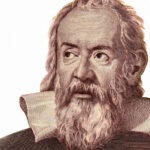
How Galileo Galilei Spent His Final Months Before Death
We all know Galileo Galilei by his first name and learned in grade school about his contributions to astronomy, math, and science. He changed the way people thought about those fields, including developing theories about motion, nature, and the solar system, according to Britannica. Some of his visionary insights might have something to do with genetics — his father Vincenzo Galilei also impacted his own field: music. Galilei might have even worked on his research with the young Galileo developing theories on how string tension affected the pitch of an instrument.
As a child, he lived in Pisa and then Florence, where he studied in a nearby monastery. He attended the University of Pisa, with the intent of going into medicine until he discovered his fascination with math and science (via Middlebury). While attending school, Galileo learned about the Aristotelian perspective, where the earth lay at the center of the universe and all the heavenly bodies rotated around it. At the time, Galileo accepted this predominant viewpoint, supported by the Roman Catholic Church. He hoped to become a university professor, but the profession proved temporarily impossible. Financial problems plagued Galileo and he left school in 1585 without a degree (from Biography).
Galileo's lifetime of study
Galileo continued studying mathematics as he teaching others to earn a living. He published a scientific book, “La Bilancitta” or “The Little Balance” that explained Archimedes’ work on obtaining substance gravities with a balance, said NCBI. Its success enhanced his reputation and he was offered the job of Chair of Mathematics at his old college, just four years after he abandoned his formal education. But the same interest in motion and falling objects as well as Galileo’s unique perspective eventually caused him to lose his teaching position. His theoretical essays, “Du Motu” (On Motion) contradicted Aristotle’s principles about the same subject, said Biography. Galileo also criticized the popular philosopher — something that upset his colleagues — and he was dismissed from the University of Pisa in 1952.
His next academic institution, the University of Padua, offered more understanding about his viewpoints and he spent 18 years there, beginning in 1592. He taught geometry and astronomy to those studying medicine, according to NCBI. Galileo learned about the refracting telescope in 1609 and began experimenting with the device, including customizing his own lenses. Through his work, he increased magnification to the point that he could see things like the moon’s craters and mountains, Jupiter’s satellites, and the stars of the Milky Way, reported the Royal Museums Greenwich.
A little trouble with the Catholic Church
Through his study of the solar system, he became a proponent for the Copernican, or sun-centered, theory describing how the planets moved through the universe — a philosophy that contradicted the Church’s perspective, according to the Royal Museums Greenwich. The Catholic Church stated in 1616 that the Copernican version was heresy since it went against various verses in the Bible. Still, Galileo continued studying it—even getting permission from the Church to do so, as long as he didn’t advocate or support the Copernican system in public. His publication of “Dialogue of the Two Principal Systems of the World,” a discussion about the two perspectives (Earth-centered versus Sun-centered) upset them. Galileo needed to appear in front of the Roman Inquisition, where he was convicted of heresy. His punishment: to publicly repent and a sentence of life in prison (via History.com).
Galileo was allowed to spend his sentence under house arrest, according to Rice University, and supported a later move to his Florence home so he could consult doctors more easily as he lost his sight. Although he spent eight years under house arrest, he still continued his research and even wrote “Dialogs Concerning Two New Sciences,” a book that PBS said, supported the title of the “founder of modern physics.” By 1638, the same year his famous tome was published, Galileo became blind. He died at 77 on January 8, 1642 (via Biography).
64 thoughts on “How Galileo Galilei Spent His Final Months Before Death”
Leave a Reply
You must be logged in to post a comment.
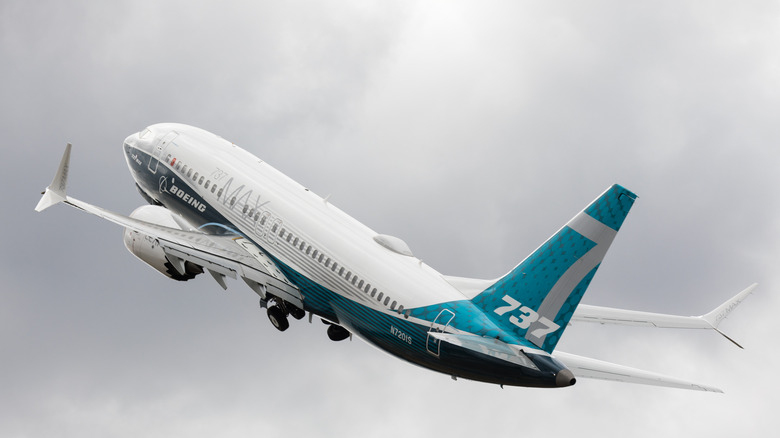
This Is What Really Happens To Your Body If You Die In A Plane Crash
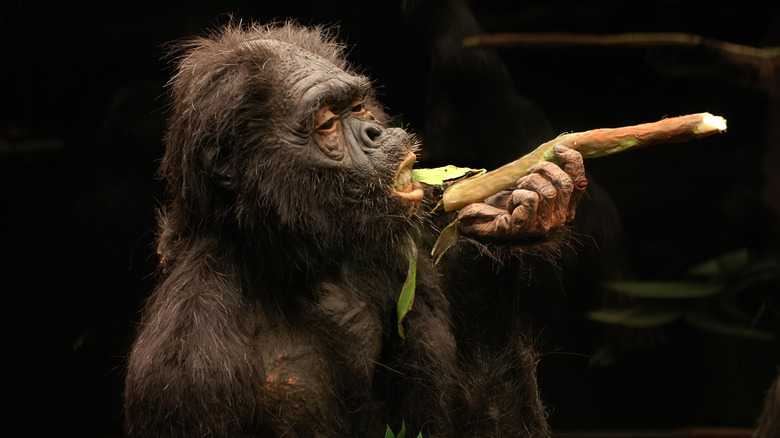
The Truth About The New 'Hobbit' Creature That Was Discovered
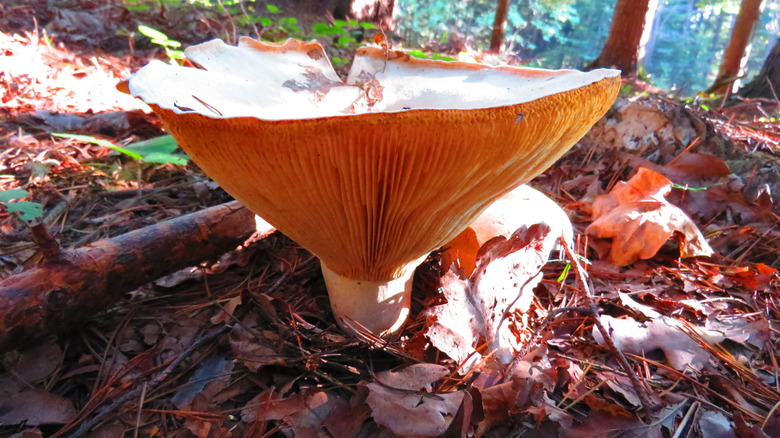
Deadliest Mushrooms In The World
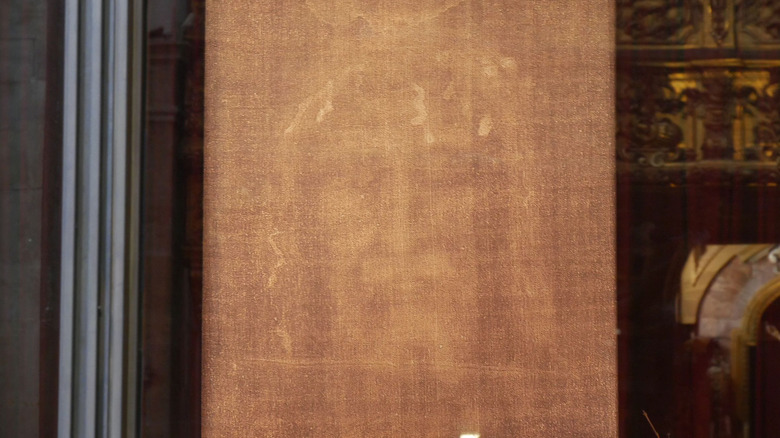
Does The Shroud Of Turin Actually Have Jesus' Name On It?

History Shows These Are The Diseases Most Preventable By Vaccinations
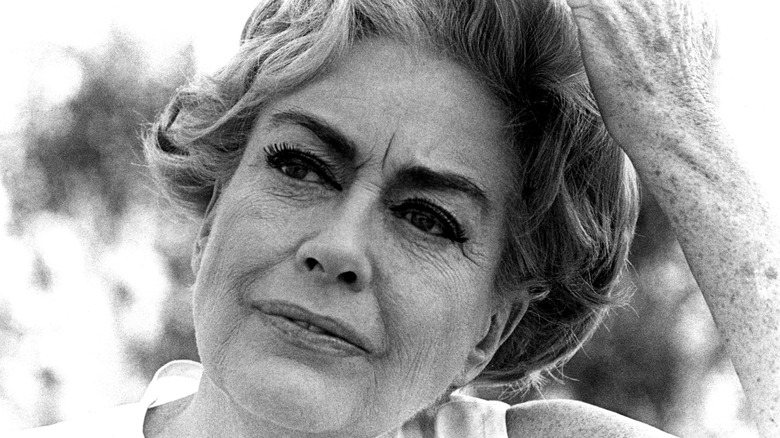
The Messed Up Truth About Joan Crawford
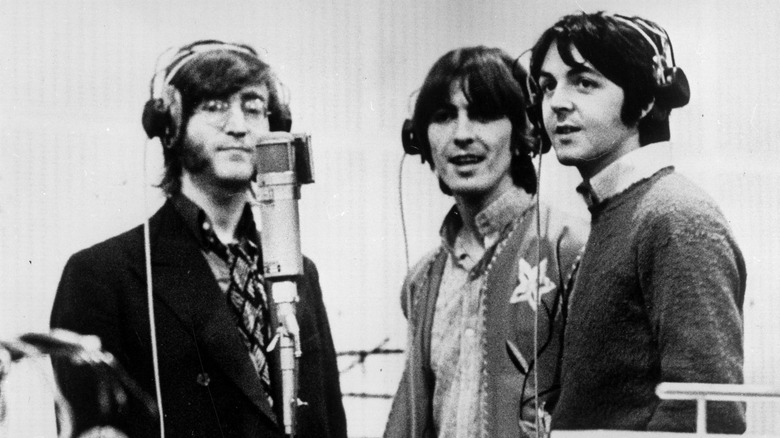
The Truth About The Hells Angels' Friendship With The Beatles
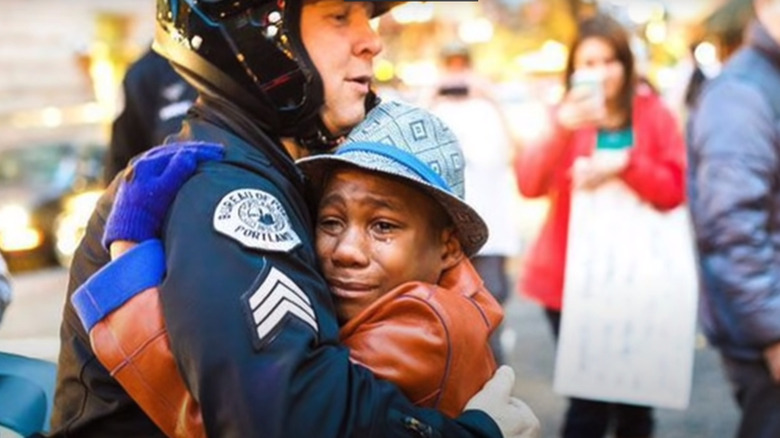
The Tragic Story Of The Hart Family
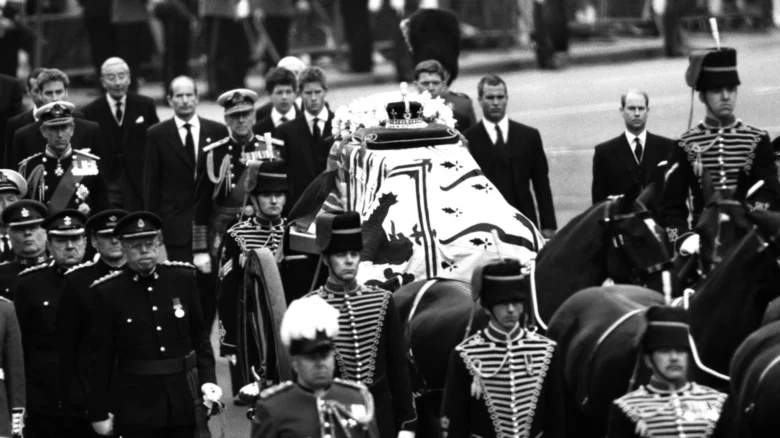
The Difference Between State And Ceremonial Royal Funerals
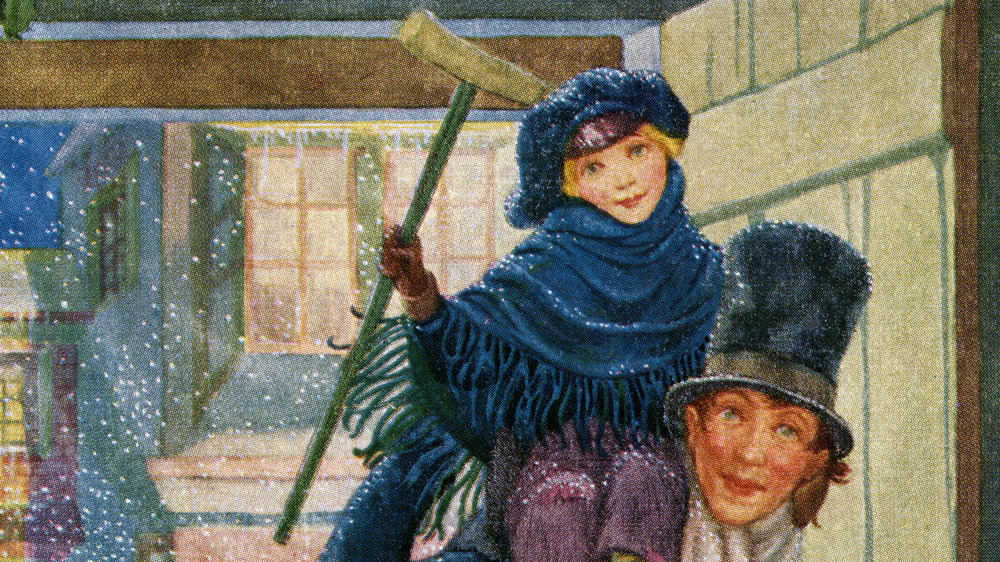
Why Was Tiny Tim Cratchit Sick?
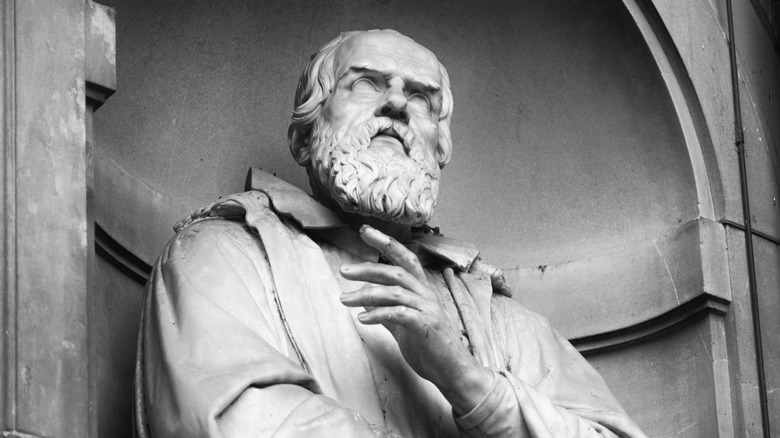
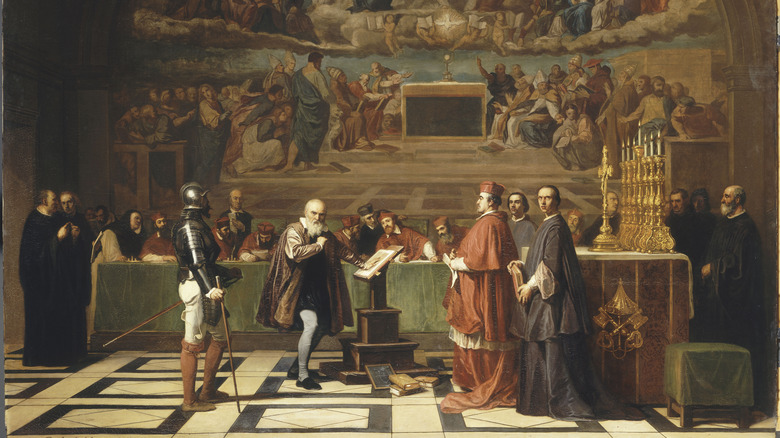
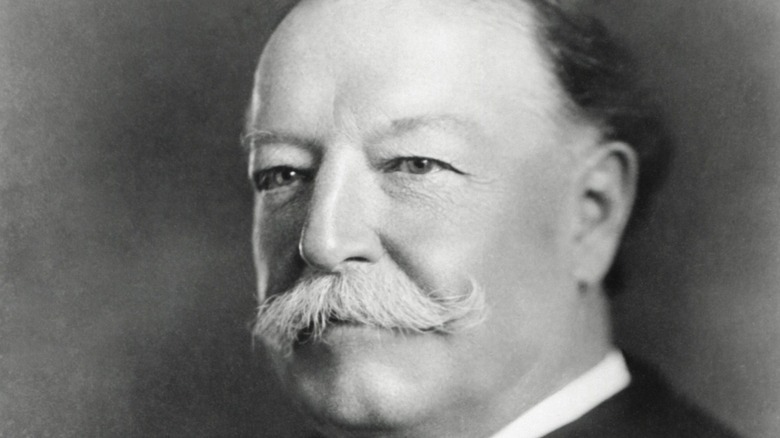
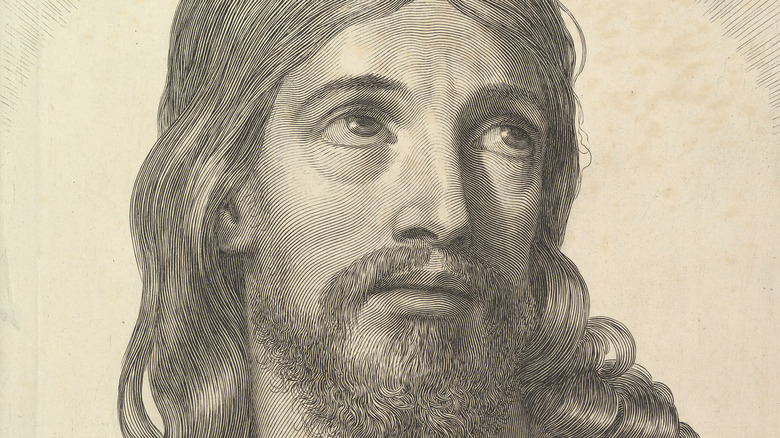
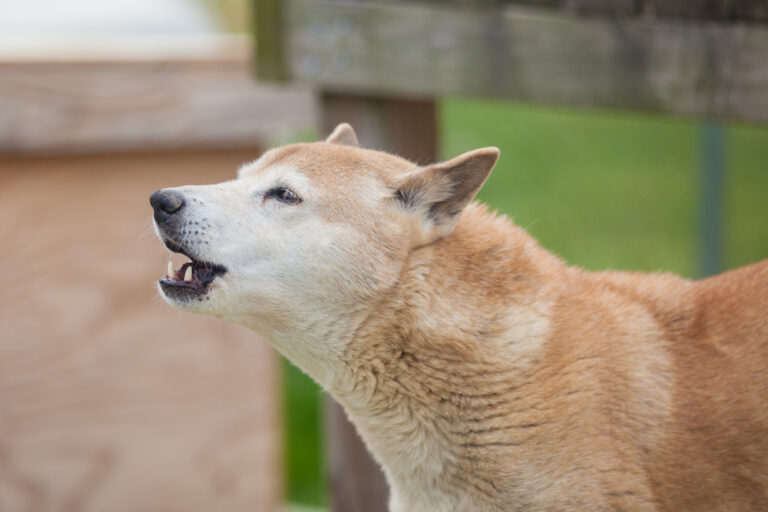
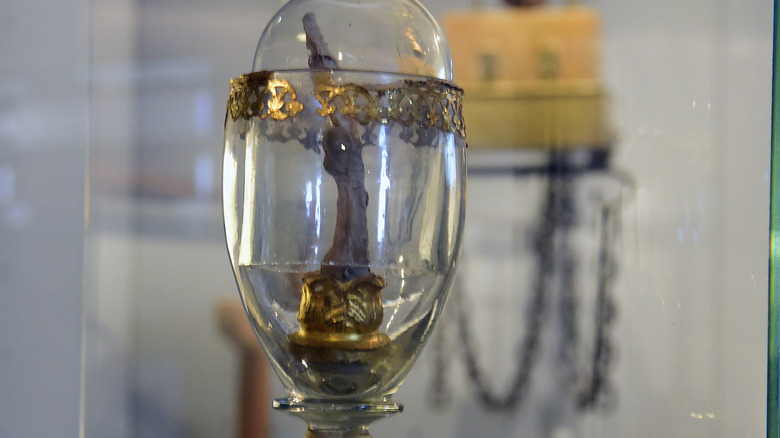
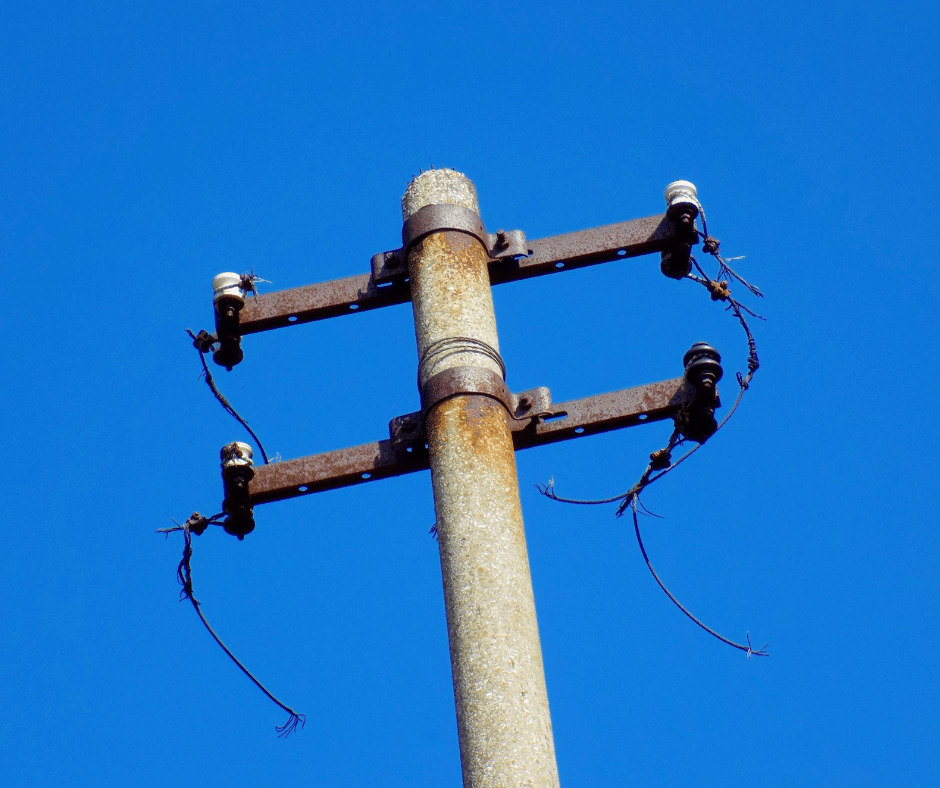
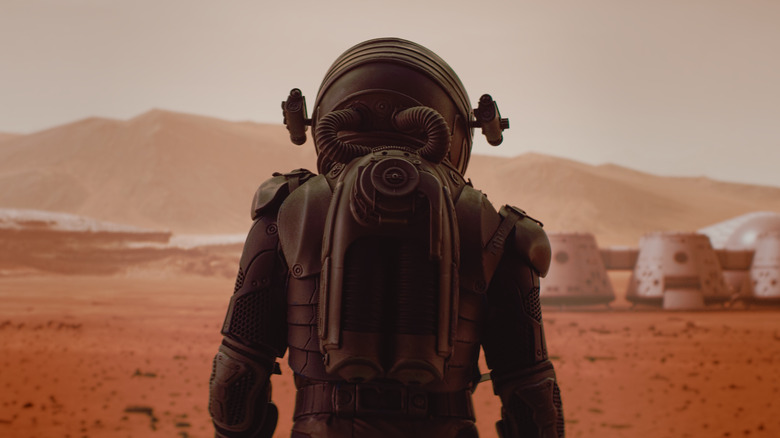
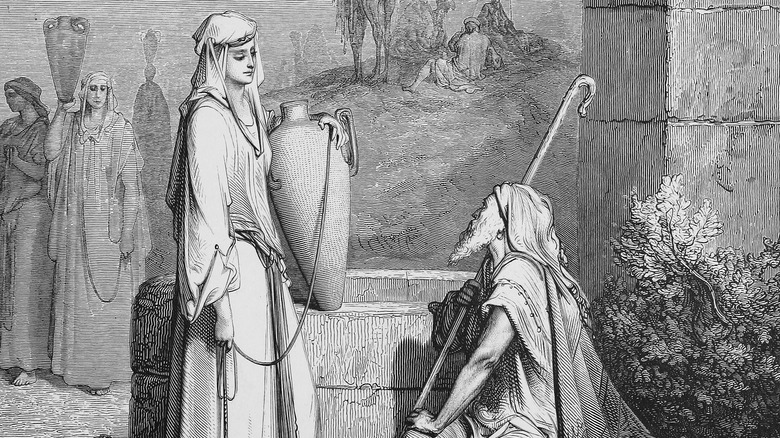
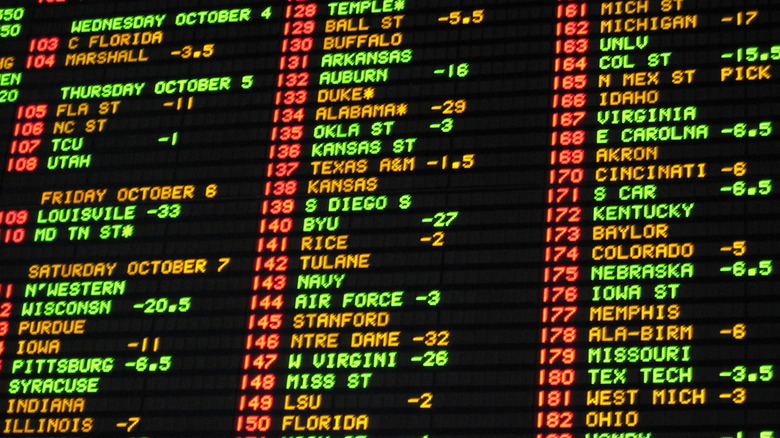
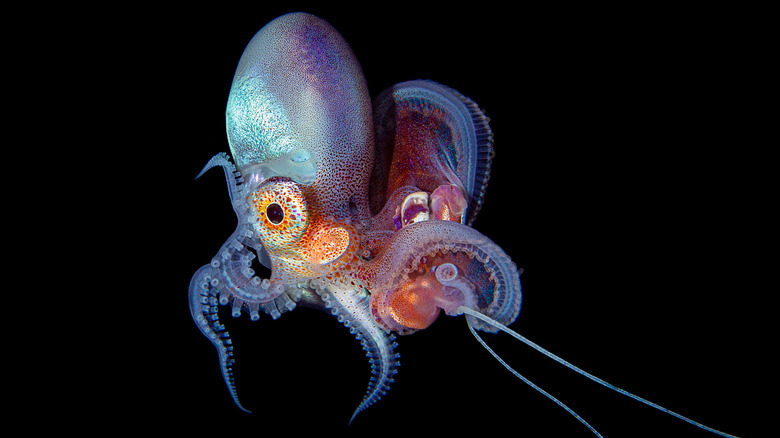
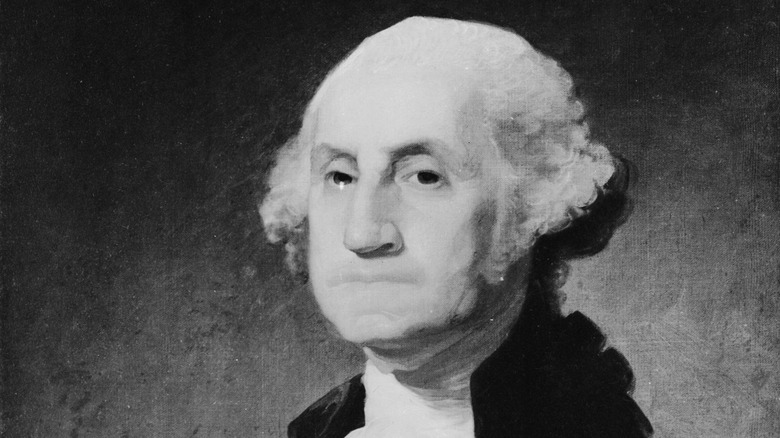
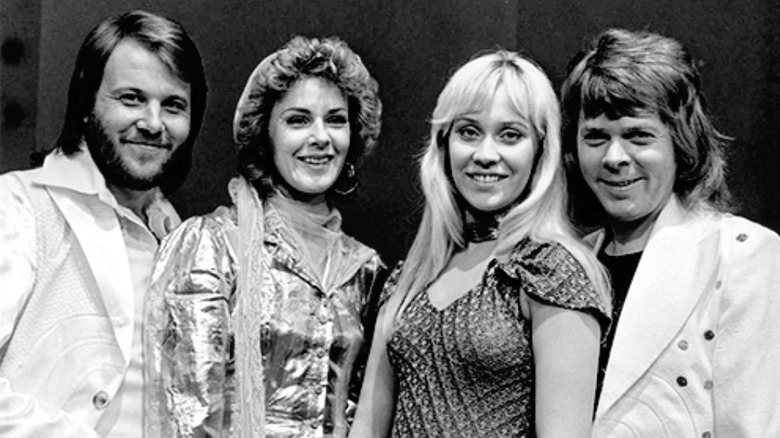
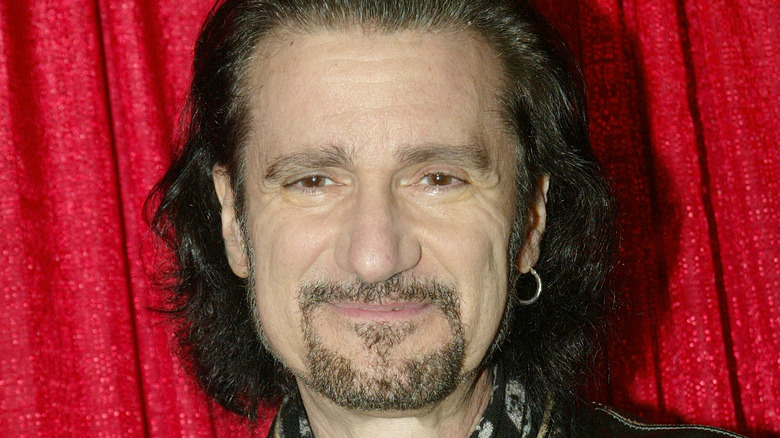
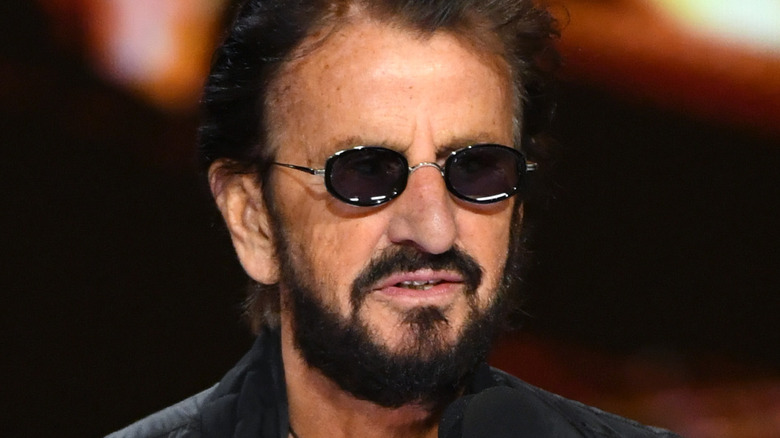
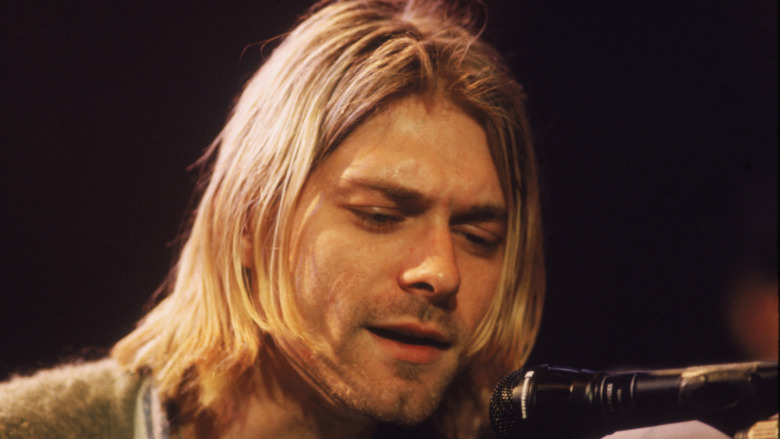
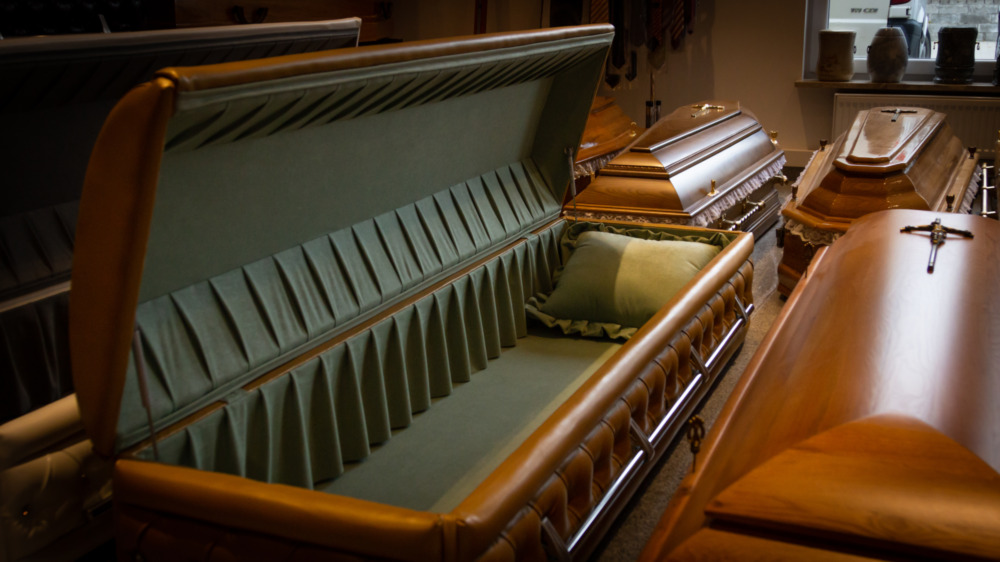
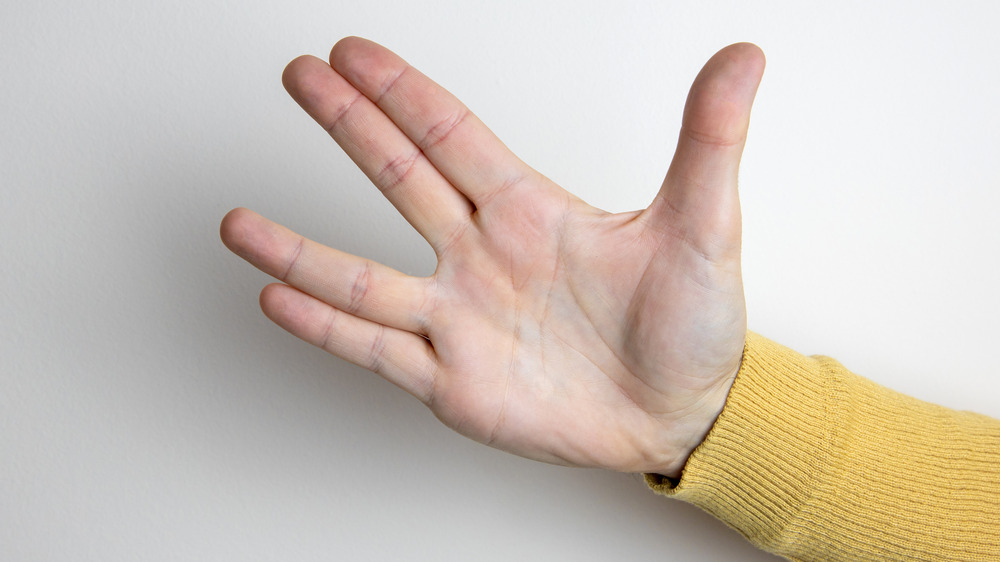
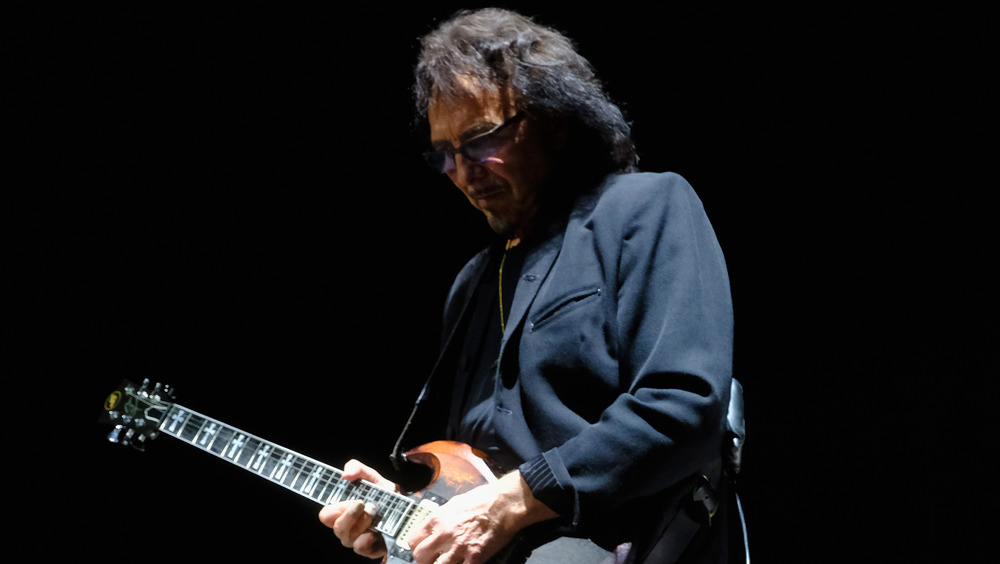
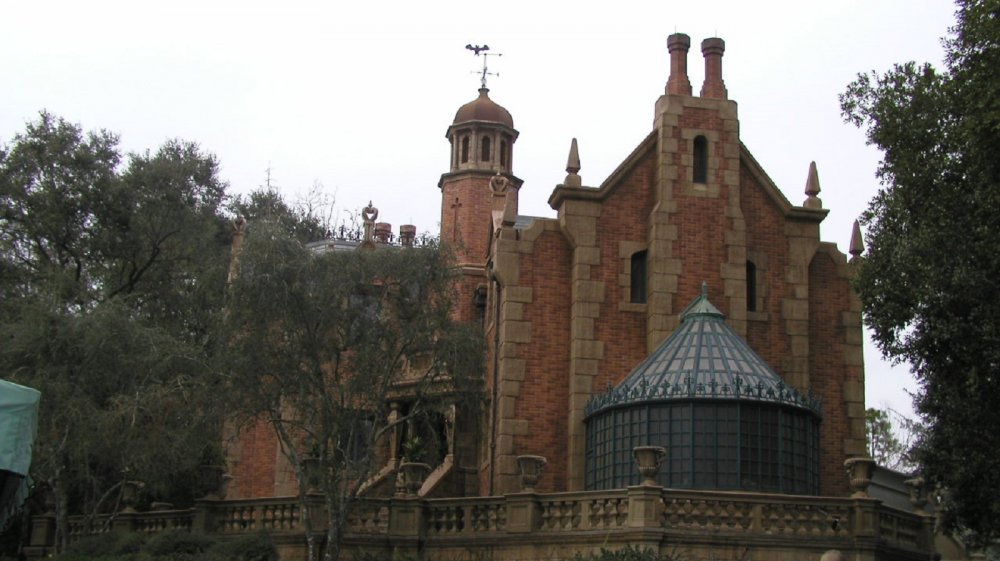
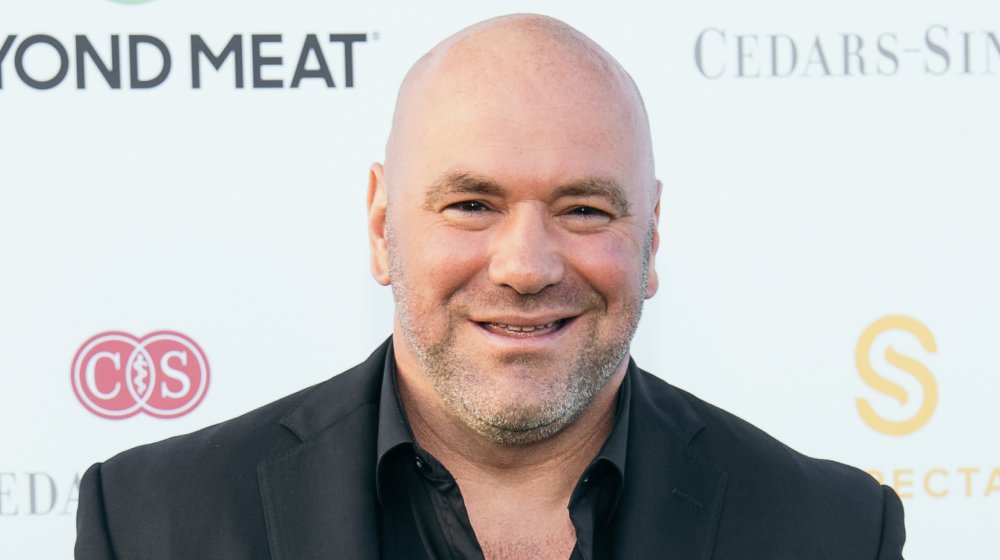
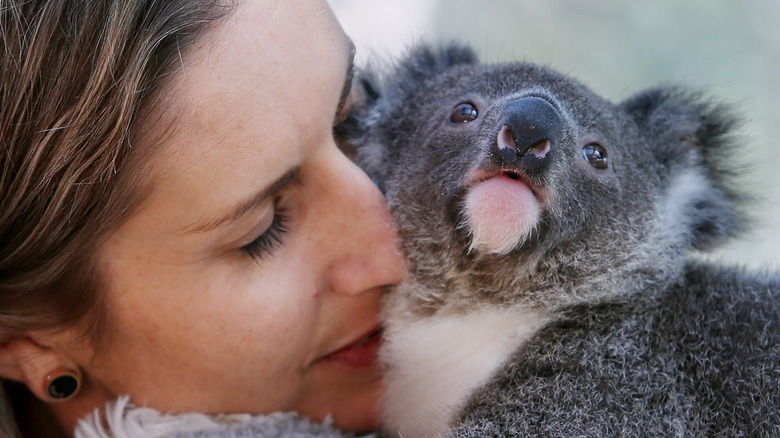




You should take part in a contest for one of the best blogs on the web. I will recommend this site!